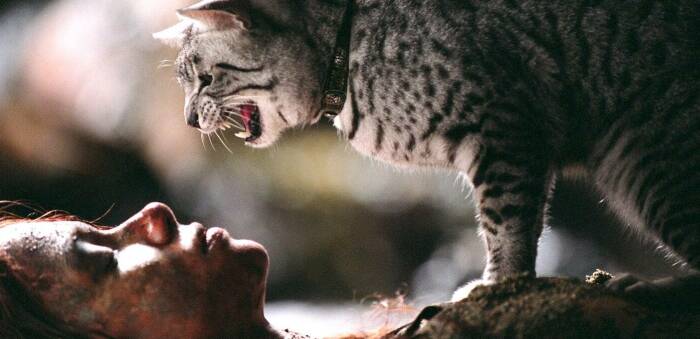 ★★
★★
“Paws for concern…”
 I entered the theatre with mixed feelings. This is, easily, the biggest action heroine film of the summer, and I want it to make a ton of money, so we’ll get more of them. On the other hand, it starred Halle Berry, whom I’ve loathed with intensity ever since she played the race card in her Oscar speech (and hell, our daughter is darker than Berry!). Her hideous performance as a Bond girl deepened this hatred, so the news that she would be Catwoman was a severe blow. But, hey, I decided to give it the benefit of the doubt. After all, how bad could it be?
I entered the theatre with mixed feelings. This is, easily, the biggest action heroine film of the summer, and I want it to make a ton of money, so we’ll get more of them. On the other hand, it starred Halle Berry, whom I’ve loathed with intensity ever since she played the race card in her Oscar speech (and hell, our daughter is darker than Berry!). Her hideous performance as a Bond girl deepened this hatred, so the news that she would be Catwoman was a severe blow. But, hey, I decided to give it the benefit of the doubt. After all, how bad could it be?
- “This plodding, by-the-numbers superhero flick has all the feline grace of a walleyed mastiff.” – Mark Holcomb, Village Voice
- “Plays like a Lifetime movie on estrogen overdose, barely held together by a script that should have been tossed out with the kitty litter.” – David Rooney, Variety
- “The stench of the litter pan is all over this big-screen $90 million disaster-in-waiting.” – Peter Travers, Rolling Stone
- “The Showgirls of superhero movies.” – Robert K. Elder, Chicago Tribune
Ah. That bad? Actually, I’m one of the very few people who genuinely likes Showgirls, figuring that Paul Verhoeven’s film does a brilliant job of capturing the sleazy, tawdry spirit of Las Vegas. However, even I know that when reviewers invoke its name, it’s never as a recommendation. When you go to a theatre in our area’s main mall, the first week of release, and there are nine people at an evening show…you know this is a disaster movie, at least in terms of studio returns. It’s no wonder, for this is pedestrian and unaffecting despite – or perhaps, because of – director Pitof’s desperate flailing around in an effort to make things interesting.
The story is pretty basic: Patience Phillips (Berry) works for a cosmetic company, under husband and wife sleazebags, Mr + Mrs Hedare (Wilson + Stone). While creeping around the factory, aided by remarkably lax security, she finds out that their face cream has rather unpleasant side-effects – but they’re going to release it onto the market anyway. Startled by this discovery, she bumps into something conveniently noise-making: all of a sudden, security is not so lax. Flushed out a waste pipe, and left for dead, she gets new life when a mysterious cat breaths on her, and Patience turns into…Catwoman.
Now, she has not only to expose her former employer’s evil scheme, but keep investigating cop Tom Lone (Bratt) away from knowing her secret, while still finding time for coffee, dinner, and occasional romps with him. Not to mention a game of one-on-one basketball, which must go down as one of the most superfluous scenes ever; Lone’s lack of reaction to her superhuman prowess leaves me wondering how the hell he ever became a detective.
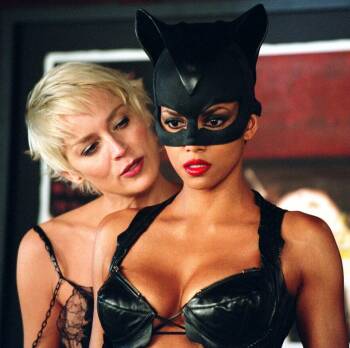 In the right hands, this storyline might have been fun, if played like the 60’s TV series – for camp value. Stone occasionally seems to be trying for this, but Berry is intent on trying to make us take the whole thing seriously, an endeavour that’s doomed to fail. Logic goes out the window pretty much about the same time Patience does – only it doesn’t get rescued: apparently, cat-induced skills include not only agility, but also the hotwiring and riding of motorbikes. And why, exactly, does she decide to cut her leather suit into something more befitting a two-bit dominatrix?
In the right hands, this storyline might have been fun, if played like the 60’s TV series – for camp value. Stone occasionally seems to be trying for this, but Berry is intent on trying to make us take the whole thing seriously, an endeavour that’s doomed to fail. Logic goes out the window pretty much about the same time Patience does – only it doesn’t get rescued: apparently, cat-induced skills include not only agility, but also the hotwiring and riding of motorbikes. And why, exactly, does she decide to cut her leather suit into something more befitting a two-bit dominatrix?
It’s almost as if, every time there’s a spark of intelligence or wit, a committee insisted it be removed. For example, at one point, Catwoman goes into a bar (which, appropriately enough, sounds like the start of a bad joke…), and asks for a “White Russian, no ice, no vodka…hold the Kahlua.” That’s kinda cute: until the barman responds with, “Cream – straight up,” just in case we’re total imbeciles who didn’t grasp the concept.
I could forgive that too, if the action had been at least competent. Instead, we get a mix of obvious doubling (most accounts say it was by a man, adding insult to injury!), and extremely poor CGI, both of which are shot as if Pitof was being paid by the number of edits. At best, it reaches the level of a mediocre video game, without any significant emotional or intellectual impact – the “Wow!” factor is entirely missing.
On the plus side, this clearly wasn’t a cheap movie, and it does put its budget on the screen – save the aforementioned CGI. Stone has fun with her role; she may even be getting a subtle dig in at Hollywood, when her character talks about being thrown on the scrapheap at 40. [Though in her case, it seems to have been less to do with her age than, by certain reports, being a bitch to work with in her superstar years…] And Pitof does have a sense of visual flair, even if the result is mostly to irritate. The movie also appears to be in focus, and the lip movements match the dialogue quite well. Can you tell I am stretching here?
It is, on the whole, about the bottom of what I expected or hoped. I didn’t fall asleep, but this was the epitome of lowest common denominator Hollywood film-making, with everything ground down to the mediocre, and possessing not even momentary impact. It doesn’t bode well for the upcoming Batman movie, and its failure will do absolutely nothing to promote the cause of big-budget action heroine films. However, if this is what we get in that field, that will be no real loss.
 [February 2005: Berry took worst actress for her performance at the 25th annual Razzies, at which Catwoman also took worst film, director and screenplay. However, I do have to give Berry much credit for turning up to accept her award in person, saying: “When I was a kid, my mother told me that if you could not be a good loser, then there’s no way you could be a good winner.” My opinion of Ms. Berry just went up quite a few notches.]
[February 2005: Berry took worst actress for her performance at the 25th annual Razzies, at which Catwoman also took worst film, director and screenplay. However, I do have to give Berry much credit for turning up to accept her award in person, saying: “When I was a kid, my mother told me that if you could not be a good loser, then there’s no way you could be a good winner.” My opinion of Ms. Berry just went up quite a few notches.]
Feedback
Brian S: “Came across your site a few days ago and thought I would drop you a line to say how much I enjoy it. I love this sort of movie and it makes a change to be able to read a review from somebody with similar tastes. I get really sick of these critics who only seem to like drama and think that all movies should have some deep meaning attached to them to be considered any good. I especially liked the review on Catwoman which I had seen the day before, and found myself agreeing with many of the points raised. I’ve got a few more points I think will interest you. It has only just been released here in New Zealand, and with its poor box office, I don’t think it will be around for very long.
First of all, I have never rated Halle Berry as an action heroine. This goes back to her Bond movie and the publicity shots they put out of her in wet bikini and knife belt. I knew there was something wrong with this picture when I first saw it, but was unable to work out what it was until I saw it again in a different article, on the same page as a picture of the immortal Ursula Andress from Dr. No. Looking at the two of them in more or less identical outfits explained to me what was wrong – not only with the Berry picture, but the way action women are treated.
Halle Berry wore her knife belt as a fashion statement. Her main concern: has she colour-coordinated? Her face and body language say, “I’m ready for my close up now, I am beautiful”; Ursula Andress wore her knife belt as a weapon, and her main concern is survival. Her face and body language say, “I’m ready for anything, I am dangerous”. If they fail to cast the right people into these roles. how can they possibly hope to make a successful film? You can get away with it in a Bond film, but not when she has to carry the show.
Low expectations stopped me from being too disappointed in Catwoman. It seemed to me that the script was written by a committee who couldn’t decide what genre it was going to be in. It started as a chick flick and slowly changed into an action film that was rather short of action. Even the climatic “catfight” scene was a let down. Now I love a good catfight – hell I even write the stuff – but I don’t appreciate one that’s badly done. I’m afraid that special effects and stuntwomen just don’t do it for me in this sort of situation.
I got the movie Bringing down the House starring Steve Martin from our local video a few weeks previous to this, and was pleasantly surprised at what a good fight it contained. It was between Queen Latifah and some blonde who fought mainly with their fists with a few kicks thrown in for variety. My question is; if they can put a good, knock-down, drag-out fight into a comedy, why can’t they put one into a so-called action movie?”
Dir: Pitof
Stars: Halle Berry, Benjamin Bratt, Sharon Stone, Lambert Wilson
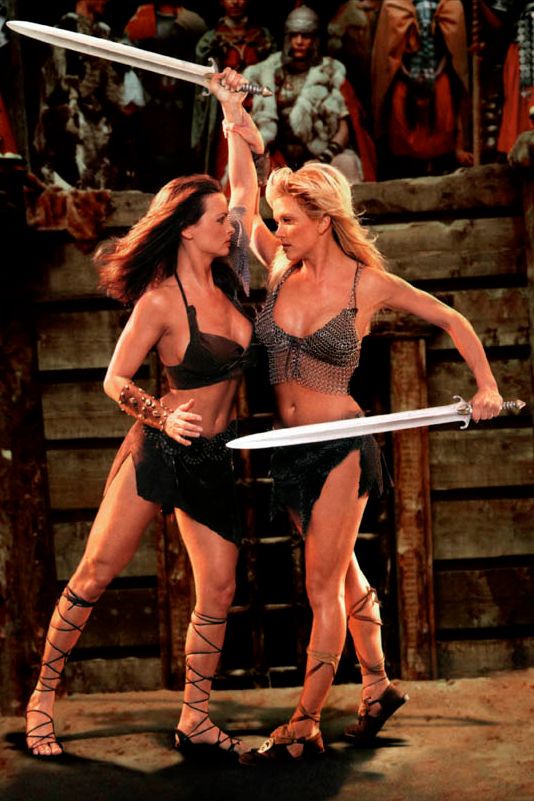 A remake of the 1974 film of the same name, starring Pam Grier and Margaret Markov, it’s a case of “good news, bad news”; some of the changes are improvements, while others are perhaps not as well thought-out. Firstly, McDougal and Dergan fall some way short of Grier and Markov – while I may have criticised their fighting abilities, at least they both had more than adequate screen presence. McDougal and Dergan are, first and foremost, Playboy playmates, and were clearly employed for this reason, rather than any acting ability. Though, as in the original, the quantity of skin on view is actually pretty limited – this is even more surprising, given our heroines’ background.
A remake of the 1974 film of the same name, starring Pam Grier and Margaret Markov, it’s a case of “good news, bad news”; some of the changes are improvements, while others are perhaps not as well thought-out. Firstly, McDougal and Dergan fall some way short of Grier and Markov – while I may have criticised their fighting abilities, at least they both had more than adequate screen presence. McDougal and Dergan are, first and foremost, Playboy playmates, and were clearly employed for this reason, rather than any acting ability. Though, as in the original, the quantity of skin on view is actually pretty limited – this is even more surprising, given our heroines’ background.





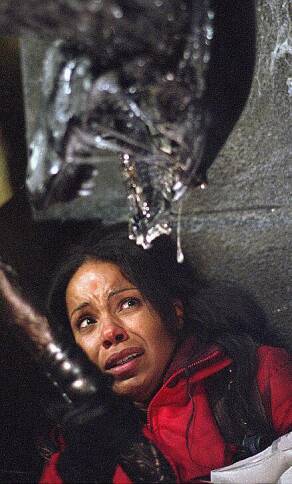 Initially inspired by a throwaway joke in Predator 2 – an alien skull in the Predator’s trophy cabinet – this has been some time in the making. Seven years have passed since the last entry in the Alien franchise, and
Initially inspired by a throwaway joke in Predator 2 – an alien skull in the Predator’s trophy cabinet – this has been some time in the making. Seven years have passed since the last entry in the Alien franchise, and 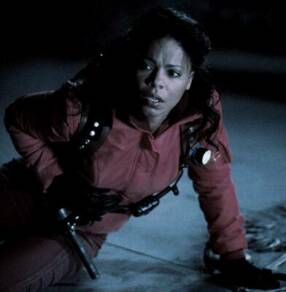 Part of the problem is that we’re never given any reason to root for anyone, from anywhere in the universe. The Aliens are the villains, who must be contained at any cost – fair enough. However, the Predators are equally opaque, and most of the human characters are a far cry from, say, Aliens‘ marine corps. Sure, they were sterotypes, but they proved you could quickly create endearing and memorable characters with well-chosen dialogue. In contrast, there are few memorable lines to be found here. Indeed, few moments will stick in your mind at all – and when they do, you may find yourself wishing they had slid right on past, such as the moment where a facehugger suddenly enters The Matrix. Hey, now
Part of the problem is that we’re never given any reason to root for anyone, from anywhere in the universe. The Aliens are the villains, who must be contained at any cost – fair enough. However, the Predators are equally opaque, and most of the human characters are a far cry from, say, Aliens‘ marine corps. Sure, they were sterotypes, but they proved you could quickly create endearing and memorable characters with well-chosen dialogue. In contrast, there are few memorable lines to be found here. Indeed, few moments will stick in your mind at all – and when they do, you may find yourself wishing they had slid right on past, such as the moment where a facehugger suddenly enters The Matrix. Hey, now 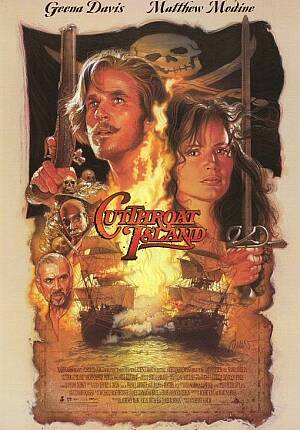 It seems to me that Cutthroat Island was largely just ahead of its time. Made in 1995, it shares a lot of the same elements as the wildly-successful Pirates of the Caribbean, which also had two gangs of pirates, feuding over treasure, while the British navy runs interference. Hell, there’s even an annoying pet monkey in both movies. But Cutthroat was such a big disaster at the box-office, it sat in the Guinness Book of Records, until subsequently passed by the likes of Gigli, and helped bankrupt Carolco.
It seems to me that Cutthroat Island was largely just ahead of its time. Made in 1995, it shares a lot of the same elements as the wildly-successful Pirates of the Caribbean, which also had two gangs of pirates, feuding over treasure, while the British navy runs interference. Hell, there’s even an annoying pet monkey in both movies. But Cutthroat was such a big disaster at the box-office, it sat in the Guinness Book of Records, until subsequently passed by the likes of Gigli, and helped bankrupt Carolco.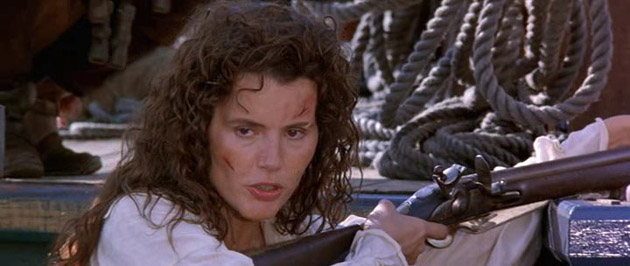
 You will probably spend much of the film wondering how the film is going to top that, not least because the middle-part of the movie is not exactly enthralling. I mean, we
You will probably spend much of the film wondering how the film is going to top that, not least because the middle-part of the movie is not exactly enthralling. I mean, we 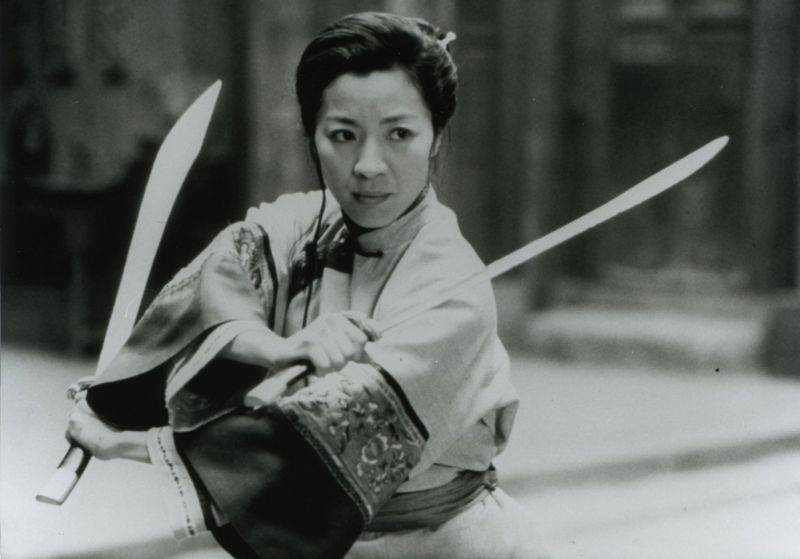
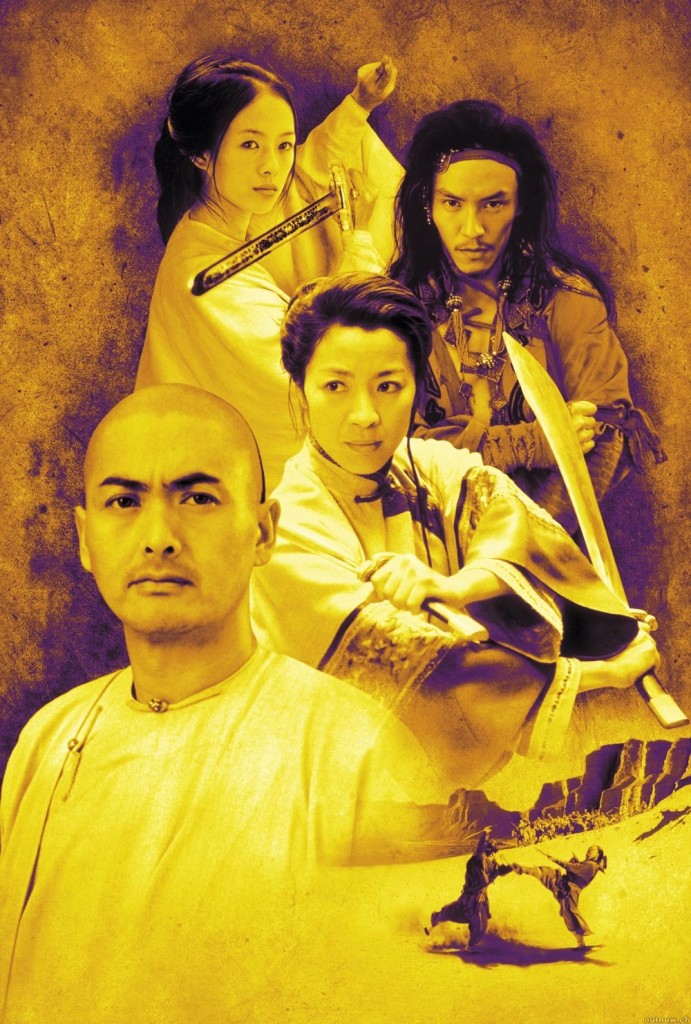
 Not many subtitled movies can claim to have inspired commercials (Jean de Florette being the only other that comes to mind), but seeing the
Not many subtitled movies can claim to have inspired commercials (Jean de Florette being the only other that comes to mind), but seeing the 
 ★★
★★ I entered the theatre with mixed feelings. This is, easily, the biggest action heroine film of the summer, and I want it to make a ton of money, so we’ll get more of them. On the other hand, it starred Halle Berry, whom I’ve loathed with intensity ever since she played the race card in her Oscar speech (and hell, our daughter is darker than Berry!). Her hideous performance as a Bond girl deepened this hatred, so the news that she would be Catwoman was a severe blow. But, hey, I decided to give it the benefit of the doubt. After all, how bad could it be?
I entered the theatre with mixed feelings. This is, easily, the biggest action heroine film of the summer, and I want it to make a ton of money, so we’ll get more of them. On the other hand, it starred Halle Berry, whom I’ve loathed with intensity ever since she played the race card in her Oscar speech (and hell, our daughter is darker than Berry!). Her hideous performance as a Bond girl deepened this hatred, so the news that she would be Catwoman was a severe blow. But, hey, I decided to give it the benefit of the doubt. After all, how bad could it be? In the right hands, this storyline might have been fun, if played like the 60’s TV series – for camp value. Stone occasionally seems to be trying for this, but Berry is intent on trying to make us take the whole thing seriously, an endeavour that’s doomed to fail. Logic goes out the window pretty much about the same time Patience does – only it doesn’t get rescued: apparently, cat-induced skills include not only agility, but also the hotwiring and riding of motorbikes. And why, exactly, does she decide to cut her leather suit into something more befitting a two-bit dominatrix?
In the right hands, this storyline might have been fun, if played like the 60’s TV series – for camp value. Stone occasionally seems to be trying for this, but Berry is intent on trying to make us take the whole thing seriously, an endeavour that’s doomed to fail. Logic goes out the window pretty much about the same time Patience does – only it doesn’t get rescued: apparently, cat-induced skills include not only agility, but also the hotwiring and riding of motorbikes. And why, exactly, does she decide to cut her leather suit into something more befitting a two-bit dominatrix? [February 2005: Berry took worst actress for her performance at the 25th annual Razzies, at which Catwoman also took worst film, director and screenplay. However, I do have to give Berry much credit for turning up to accept her award in person, saying: “When I was a kid, my mother told me that if you could not be a good loser, then there’s no way you could be a good winner.” My opinion of Ms. Berry just went up quite a few notches.]
[February 2005: Berry took worst actress for her performance at the 25th annual Razzies, at which Catwoman also took worst film, director and screenplay. However, I do have to give Berry much credit for turning up to accept her award in person, saying: “When I was a kid, my mother told me that if you could not be a good loser, then there’s no way you could be a good winner.” My opinion of Ms. Berry just went up quite a few notches.]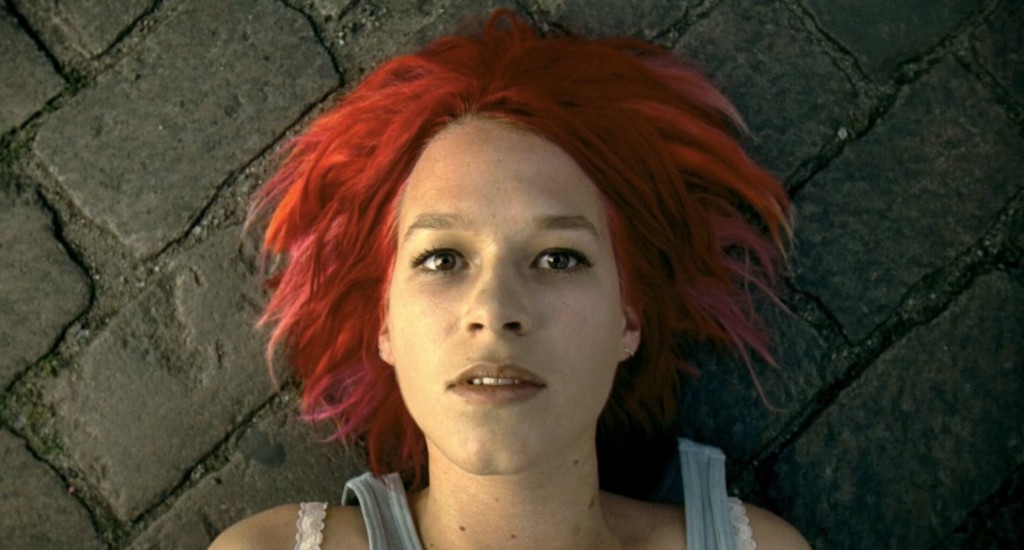
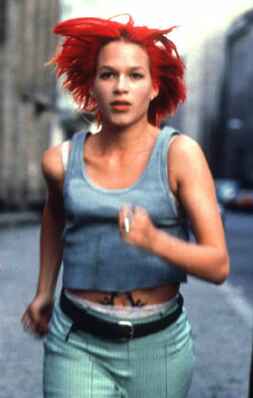
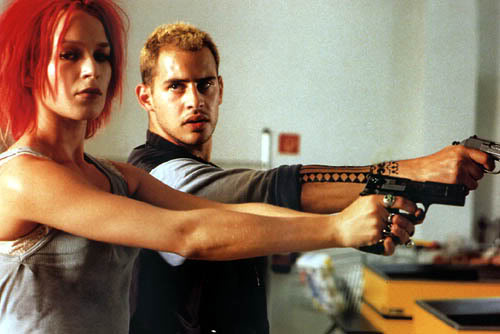
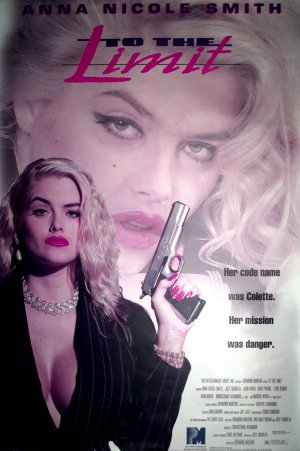
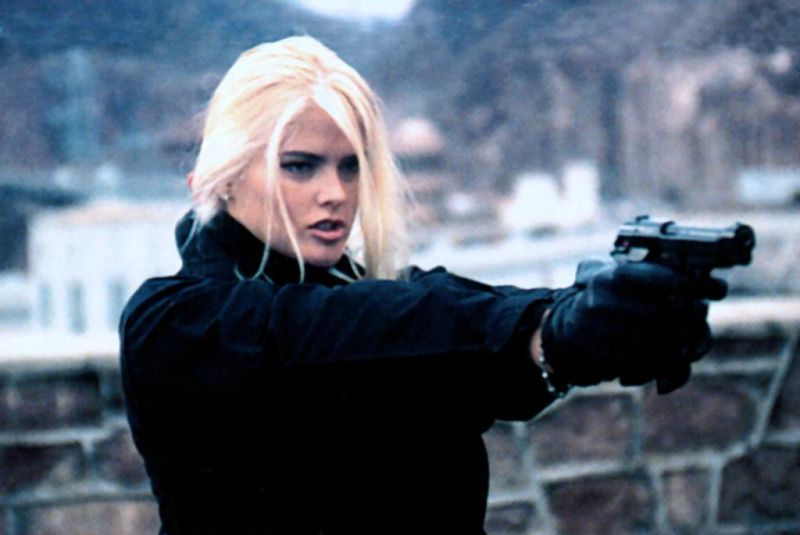
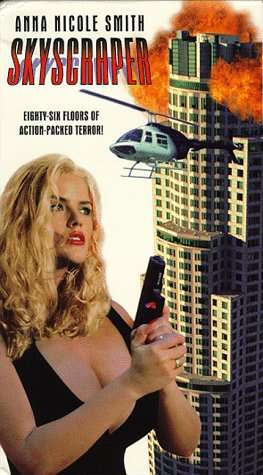 The obvious point of comparison for Smith would be Pamela Anderson, another Playboy playmate who moved into films of doubtful quality, but any such comparison would be unfair. To Anderson, that is, who given the right role, is not actually too bad. With Smith, you get the feeling she simply has no talent, and any character would be a stretch, let alone the Shakespeare-aware, ace helicopter pilot and crackshot she is supposed to portray in this shameless Die Hard clone.
The obvious point of comparison for Smith would be Pamela Anderson, another Playboy playmate who moved into films of doubtful quality, but any such comparison would be unfair. To Anderson, that is, who given the right role, is not actually too bad. With Smith, you get the feeling she simply has no talent, and any character would be a stretch, let alone the Shakespeare-aware, ace helicopter pilot and crackshot she is supposed to portray in this shameless Die Hard clone.